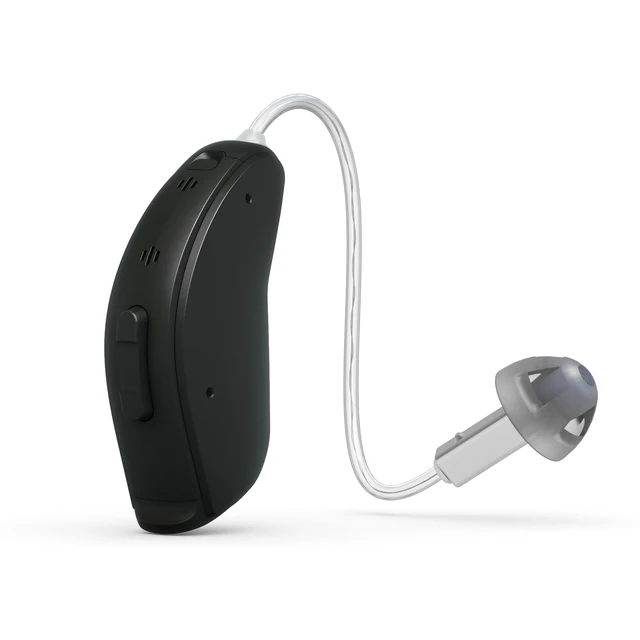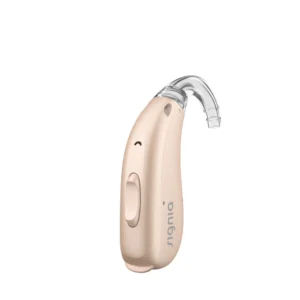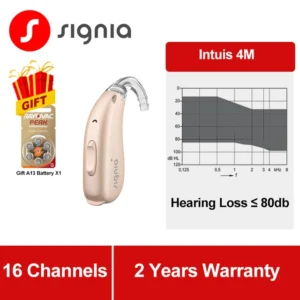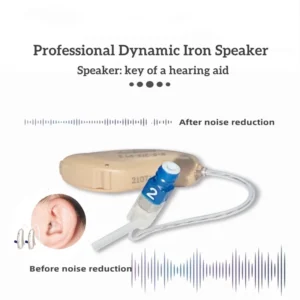
Musician earplugs are specially designed earplugs that reduce the volume of sound without compromising the clarity of music. They’re different from regular earplugs because they attenuate sound more evenly across frequencies, preserving the integrity of the music while still protecting your ears from potential damage due to loud volumes.
They’re essential for musicians and concert-goers who are exposed to loud music regularly and want to prevent hearing loss or tinnitus. Many musicians swear by them for protecting their hearing while still allowing them to perform or enjoy music at its fullest.

1. **Flat Frequency Response**: Unlike traditional earplugs, musician earplugs aim to reduce sound evenly across frequencies, maintaining the integrity of the music without muffling or distorting it.
2. **High Fidelity**: They provide high-fidelity sound attenuation, meaning they lower the volume without sacrificing the clarity and quality of the music.
3. **Multiple Filter Options**: Musicians often have different needs depending on their instrument or environment. Many musician earplugs come with interchangeable filters of varying attenuation levels, allowing users to customize the amount of sound reduction to suit their specific requirements.
4. **Comfortable Fit**: Since musicians may wear earplugs for extended periods, comfort is crucial. Many musician earplugs are made from soft, hypoallergenic materials and are ergonomically designed for a comfortable fit.
5. **Discreet Design**: Musicians often prefer earplugs that are discreet and low-profile, so they don’t interfere with their performance or appearance on stage.
6. **Reusable and Durable**: Quality musician earplugs are typically reusable and built to last, making them a cost-effective investment for regular use.
7. **Preservation of Sound Quality**: In addition to reducing volume, musician ear plugs aim to preserve the natural sound quality and spatial awareness, allowing wearers to hear the music clearly while still protecting their hearing.
8. **Noise Reduction Rating (NRR)**: While traditional earplugs often have a single NRR, musician ear plugs may have different NRR ratings depending on the filter being used. This allows users to choose the level of sound reduction appropriate for their environment.
9. **Compatibility with In-Ear Monitors (IEMs)**: Some musician ear plugs are designed to work seamlessly with in-ear monitor systems, allowing performers to protect their hearing while still receiving clear audio monitoring.
These features collectively make musician ear plugs a valuable tool for protecting the hearing of musicians, concert-goers, and anyone else exposed to loud music environments.

When comparing musician ear plugs, several factors should be considered to determine which option best suits your needs:
1. **Sound Quality**: Look for earplugs that maintain the clarity and fidelity of the music while reducing volume. Flat frequency response and high-fidelity sound attenuation are essential for preserving the natural sound.
2. **Comfort**: Consider the materials used and the ergonomic design of the earplugs. Soft, hypoallergenic materials and a comfortable fit are crucial for wearing them for extended periods without discomfort.
3. **Customization**: Check if the earplugs come with interchangeable filters of varying attenuation levels. This allows you to customize the amount of sound reduction based on your preferences and the environment.
4. **Durability**: Ensure that the earplugs are reusable and built to last. Quality construction and materials contribute to the longevity of the earplugs, making them a cost-effective investment over time.
5. **Discreetness**: Some users prefer low-profile earplugs that are discreet and not easily noticeable when worn. Consider the design and size of the earplugs if this is important to you.
6. **Compatibility**: If you use in-ear monitors (IEMs) for monitoring while performing, check if the earplugs are compatible with your monitor system. Some earplugs are designed to work seamlessly with IEMs.

7. **Noise Reduction Rating (NRR)**: Compare the NRR ratings of different earplugs to determine their effectiveness in reducing noise. Keep in mind that higher NRR does not always mean better sound quality, so balance noise reduction with sound fidelity.
8. **Price**: Compare the prices of different earplugs and consider the overall value based on their features, durability, and performance.
Popular brands of musician ear plugs include Etymotic Research, Westone, ACS Custom, Alpine Hearing Protection, and Earasers, among others. Reading user reviews and seeking recommendations from fellow musicians can also help in making an informed decision.
Musician earplugs are specifically designed to protect your hearing while preserving sound quality. Here’s a breakdown of how they work:
In summary, musician earplugs are designed to protect your hearing from excessive noise while ensuring that you still experience a clear and natural sound, making them ideal for anyone who spends a lot of time in loud environments.
Musician earplugs serve several important functions:
You can buy musician earplugs from several sources, including:
When buying musician earplugs, consider factors like the level of attenuation, comfort, fit, and whether you need custom-molded options.
Cleaning musician earplugs is essential for maintaining hygiene and ensuring their longevity. Here’s a step-by-step guide to cleaning them:
By following these cleaning practices, you can ensure that your musician earplugs remain in good condition
You can buy concert earplugs from a variety of sources, both online and in physical stores. Here are some good places to look:
The main differences between standard earplugs and musicians’ earplugs lie in their design, purpose, and how they affect sound quality. Here’s a detailed comparison:
In summary, while both types of earplugs serve the purpose of reducing noise, musicians’ earplugs are specifically engineered to lower sound levels without compromising the quality of the sound, making them essential for those who need to protect their hearing but still require clear auditory feedback.

The appropriate level of attenuation (measured in decibels, or dB) for musician earplugs typically falls within the range of 15 to 25 dB. This range provides a balance between protecting hearing and maintaining sound clarity. Here’s a breakdown of why this level is effective:
1. Hearing Protection:
Decibel Reduction: Earplugs that attenuate sound by 15 to 25 dB can help prevent hearing damage in environments where sound levels often exceed safe thresholds, such as during live performances, rehearsals, and practice sessions.
2. Sound Clarity:
High-Fidelity Filters: Earplugs designed for musicians use high-fidelity filters to ensure that sound is reduced evenly across all frequencies. This prevents distortion and maintains the clarity and quality of the music, which is crucial for accurate performance and practice.
3. Comfort and Practicality:
Moderate Attenuation: A reduction of 15 to 25 dB is usually sufficient to protect hearing while still allowing musicians to hear the details of their instrument and the overall performance. It’s a comfortable range that balances protection with the need for clear auditory feedback.
Specific Recommendations:
15-20 dB Attenuation: This level is often adequate for environments with moderately high noise levels. It offers protection while preserving most of the sound quality and dynamic range.
20-25 dB Attenuation: This level provides greater protection in louder environments, such as very loud concerts or rehearsal spaces, without overly muffling sound. It’s suitable for settings where noise levels are consistently high.
Considerations:
Custom-Molded Earplugs: For the best fit and most effective protection, consider custom-molded earplugs. These can be equipped with filters that provide consistent attenuation while fitting perfectly in your ear canal.
Adjustable Filters: Some earplugs come with interchangeable or adjustable filters, allowing musicians to choose the level of attenuation that best suits their needs for different environments.
How to Manage Tinnitus at Home: If tinnitus is mostly noticed in quiet situations, first you should try using a white noise machine to mask the noise. If you don’t have a white noise machine, a fan, soft music or low-volumed static radio will help.




How do you deal with tinnitus? If tinnitus is mostly noticeable in quiet situations, try using a white noise machine to mask the noise from tinnitus. If you don’t have a white noise machine, a fan, soft music or low-volume radio static also may help.